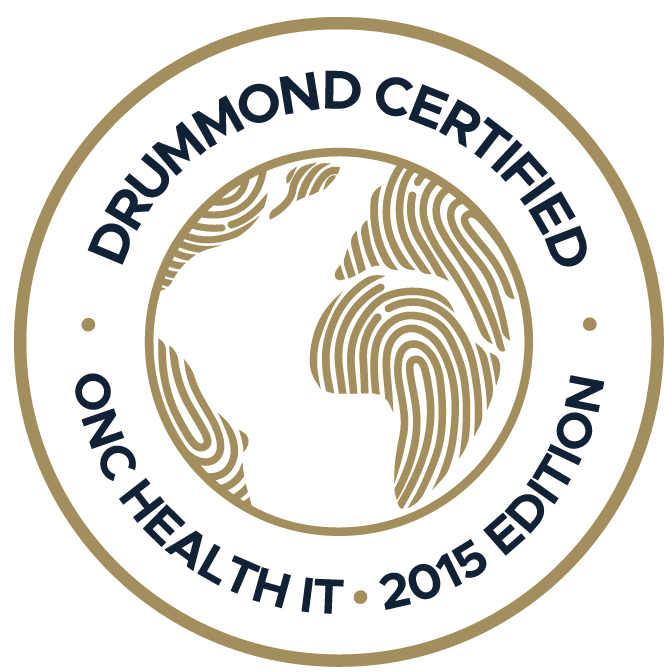The lack of proper revenue cycle management (RCM) strategies can only lead to chaos. On the other hand, when you optimize RCM along with billing and collection processes, the challenges subside, resulting in increased revenue for the practice.
The Role of RCM in the Healthcare Sector
RCM deals with healthcare institutions’ clinical and business sides by coupling patient’s care data with administrative data such as patient name, payer details, and other personal information. Communicating with the insurance companies is an essential role of it. Besides mentioned below are the main functions of an effective RCM:
- Renders medical services into a chargeable bill
- Submission of claims to relevant insurance companies
- Determine patient balance and collect payments
- Collection of required information for smooth patient onboarding to generate medical record numbers and meet financial, regulatory, and clinical requirements
- Apply or reject payments through remittance processing
- Follow-up with insurance companies and patients for reimbursements
Effective RCM Strategies
Now that you understand the role of revenue cycle management (RCM) in the healthcare sector understanding the strategies will become easier. Following are the top five strategies to increase your practice revenue:
1. Stay Up-to-Date with Latest Technology
To ensure that the administrative team and billers rightfully code claims and meet insurance companies’ requirements utilizing the latest technology and healthcare IT solutions is crucial. It can optimize your claim submission process by minimizing errors and delays.
When technologies like machine learning (ML) and artificial intelligence (AI) are implemented correctly, they can transform your end-to-end back-office RCM processes to provide a more efficient, streamlined, and user-friendly experience for billers, payers, and patients. As a result, you can cut down on time, effort, and money spent on billing, coding, and eligibility authorization with automated software.
2. Invest In Training Staff
Typically, front-end tasks are delegated to administrative staff while a different back-office department works for back-end activities such as claim submission, editing, and resubmission.
However, if you train your staff in the RCM workflow, everyone will understand the full revenue cycle better. Thus, your administrative staff will be able to work in collaboration with the back-office team to improve the revenue cycle for a steady cash flow.
3.Keep Patients at the Center
Most of the patients find the entire billing process intimidating and overwhelming. Thus, the clinical staff should be trained to provide verbal and written explanations to patients about the payment options, their financial responsibility, and what they should expect on their next visit. You can speed up the claim submission and reimbursement procedures by effectively communicating all requirements to patients.
Furthermore, when billing and administrative staff are well-trained and have control over their actions, they can help improve patient satisfaction and build positive relationships.
4. Automation of RCM workflows
One of the key strategies for effective RCM implementation for increased revenue is workflow automation. Listed below are some of the workflows, providers should strive to automate:
- You should automate front-end tasks to move claims fast
- Migrate patient files and create non-patient files when needed
- Verify and correct patient information
- Add coded comments automatically to mitigate coding errors
- Update outdated and add missing policies before the patient’s visit
- Verify patient’s insurance eligibility before the appointment
Automating the front-end activities can significantly reduce the claim denial rate as errors can occur in the first stage of RCM. Most claim denials occur due to missing patient information or inaccurate coding. Thus, by automating, you not only reduce the claim denial rate but only make your revenue cycle cost-effective and ultimately boost profitability.
5. Perform Regular Audit
Another strategy to ensure increased revenue is to audit your implemented RCM regularly. It will enable you to identify the root cause of any dip in clean claim percentage and help you curb it altogether.
While auditing RCM, you can evaluate it against the following key performance indicators (KPIs):
- The average time it takes for claims to get paid
- Measure your bad debts, i.e., divide the total monetary amount that has been written off due to the allowed charges
- Review your claim denial rate and identify the reason behind it
- Calculate net collection ratio and gross collection ratio to review RCM’s efficiency and collection success
Bottom Line
These strategies can help you optimize your revenue cycle. However, if you still have trouble leveraging these best practices, consider outsourcing your RCM to a professional company.






